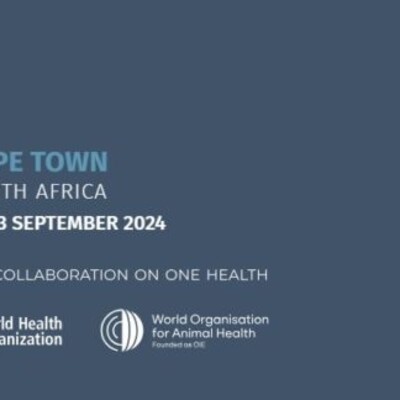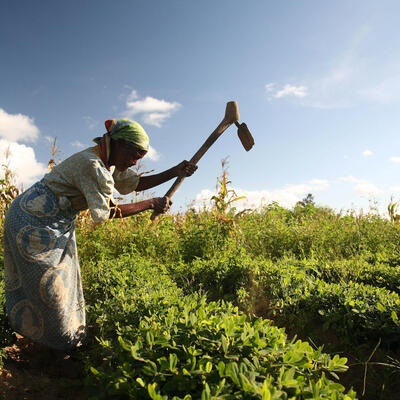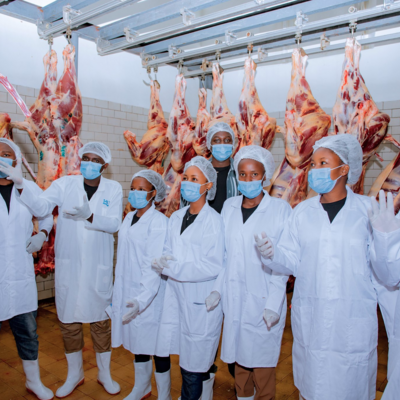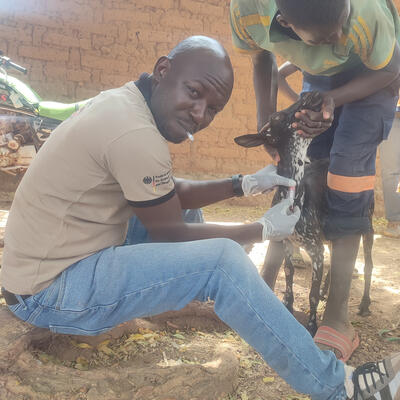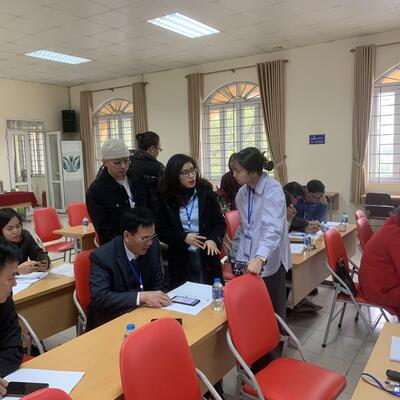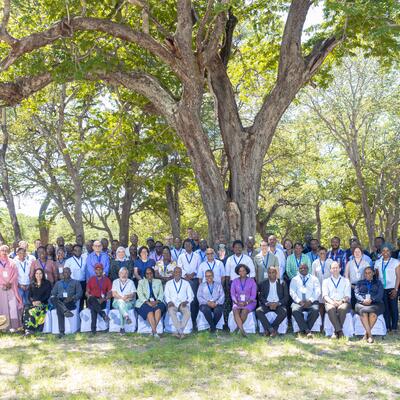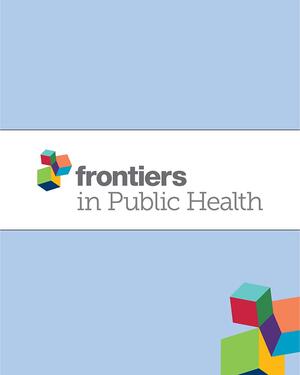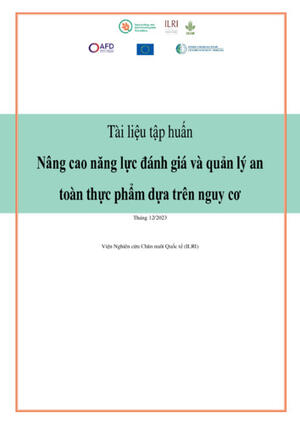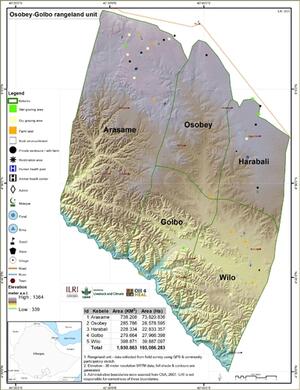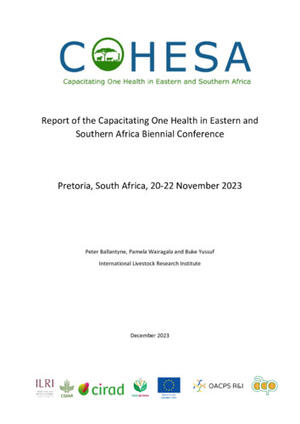
Climate change, mosquitoes and disease: Battling a lethal trio in northern Kenya
Beyond the well-documented rise in global temperatures, climate change is precipitating a grave public health crisis. Northern Kenya, a region already experiencing harsh environmental changes, is feeling the brunt of this crisis as diseases spread by insects, particularly those borne by mosquitoes, escalate rapidly.
But a remarkable research project is taking shape in this vast, dry terrain, as researchers work to develop early warning systems that could save countless lives. Scientists from the International Livestock Research Institute (ILRI) and the Kenya Medical Research Institute (KEMRI) are aiming to untangle the complex relationship between weather changes and disease spread, thus guiding efforts toward mitigation.
Isiolo County, part of the arid and semi-arid region of Kenya, is one of the areas grappling with a surge in diseases like yellow fever, malaria, dengue, and Rift Valley fever as global temperatures rise and rainfall becomes more erratic. For example, a rise in yellow fever cases was noted between February and March 2022, following intense rains earlier in the year. Furthermore, the county experienced several outbreaks of Rift Valley fever from December 2020 to January 2021. Low-lying regions along the Ewaso Nyiro river basin, which are prone to flooding and hence conducive for mosquito breeding, were hardest hit.
These diseases are particularly destructive here, where healthcare resources are limited, and rural communities bear the brunt of this climate change-induced crisis. According to the World Health Organization, diseases spread by carriers like mosquitoes, ticks, and fleas, known as vector-borne diseases, cause over 700,000 deaths globally each year.
To study the interplay between weather conditions and disease spread, the ILRI-KEMRI team has set up weather stations across Isiolo County. These stations continuously record weather details such as temperature, humidity and rainfall, which influence mosquito populations and disease transmission. In addition to collecting weather data, the team uses specially designed Centers for Disease Control and Prevention (CDC) miniature light traps to capture mosquitoes.
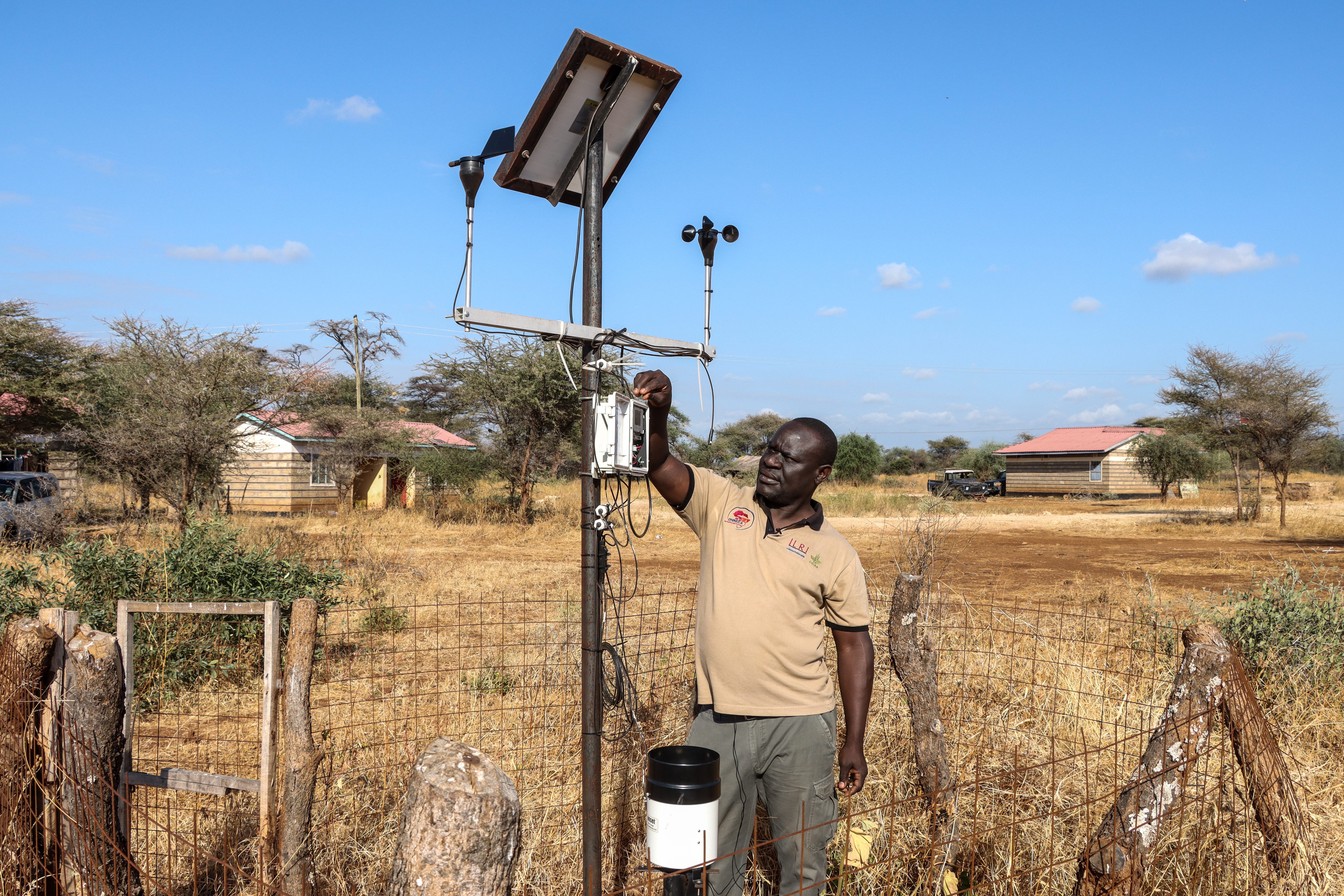
James Akoko from ILRI inspecting one of the weather stations installed in Isiolo County, Kenya (photo credit: ILRI/Geoffrey Njenga).
Francis Mulwa, a KEMRI scientist, explains: ‘We use traps that capitalize on mosquitoes' attraction to carbon dioxide, a by-product of animal and human respiration. These traps are set up every evening and collected each morning, effectively capturing mosquitoes within a 45-metre radius. Once captured, the mosquitoes are made unconscious safely and sent to KEMRI and ILRI labs for further analysis.’
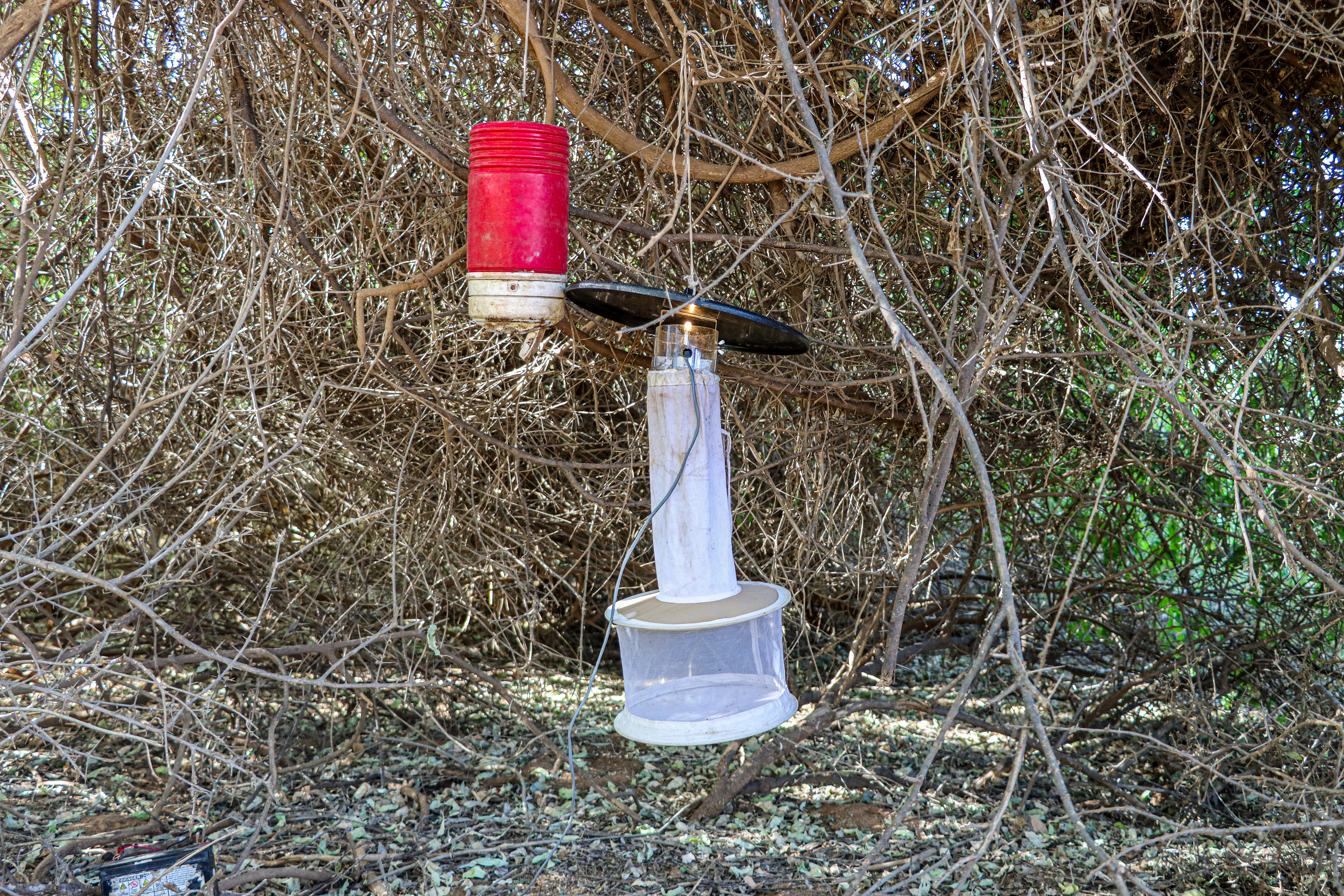
CDC miniature light traps used to capture mosquitoes (photo credit: ILRI/Geoffrey Njenga).
Piecing together the puzzle
In the laboratories, the researchers embark on a series of extensive analyses to identify the different species of mosquitoes collected, employing a mix of physical inspection and cutting-edge molecular techniques. This step is critical, as variations in weather patterns, monitored by meteorological stations, might influence the type of mosquitoes that thrive at different times.
‘By understanding the varying species and their dynamics, we can gain insights into the potential spread of diseases caused by arboviruses – viruses spread by insects like mosquitoes and ticks,’ explains Hussein Abkallo, a molecular biologist and virologist at ILRI.
One such technique involves extracting ribonucleic acid (RNA)—a molecule similar to DNA, carrying genetic instructions—from the mosquitoes to identify any lurking arboviruses, even those that are not currently causing disease but are silently present in the region. This helps the team to be better prepared for rapid interventions should an outbreak occur.
Moreover, the team analyses the blood mosquitoes have consumed to identify which livestock, wild animals or humans they have fed on. This provides clues about potential viral reservoirs—animals or people who harbour the virus but do not get sick—and crucial information in understanding a more detailed picture of disease transmission dynamics.
‘We aim to establish how weather variables shape the risk of vector-borne diseases throughout the year,’ says James Akoko, the project's field research coordinator. ‘By identifying patterns in mosquito behaviour linked to meteorological factors, we hope to predict potential disease outbreaks.’
Through quantifying the convergence of weather patterns and disease incidence, the team's research could help shape policy decisions, improving targeted vector control programs and vaccine distribution strategies. But their work goes far beyond the academic realm: the findings are critical for the people living at the intersection of climate change and disease proliferation.
An urgent task
Gafarsa Village in Garbatulla Sub-county is one of the areas where climate change has disrupted river patterns and increased disease prevalence. The local chief, Adan Budo, explains the community's predicament: ‘Increased instances of diseases like malaria, yellow fever and Rift Valley fever, which affects both humans and livestock, are causing significant economic losses for families reliant on livestock.’
Gitome Alobei, the medical superintendent of Garbatulla Sub-county Hospital, says there has been an alarming rise in febrile illnesses in recent years, underscoring the urgency of the research. The work of scientists from ILRI and KEMRI offers a glimmer of hope but the path to solutions is layered and complex. It is about more than just understanding the science—it is about leveraging knowledge for action.
This ongoing battle against climate change and vector-borne diseases is daunting, but every piece of information brings us a step closer to a future where communities are better equipped to face these challenges. As the world seeks to navigate these uncharted waters, it is initiatives like these that promise a healthier future for vulnerable communities across the globe.
Project partners include the Kenya Medical Research Institute.
This work was funded by the United States Department of Agriculture through the ILRI-led research project, Investigation of arboviral infection rates and blood meal sources of various mosquito species in Rift Valley fever endemic areas in Kenya.
Additional funding was received from the Defense Threat Reduction Agency through the ILRI-led project, Co-infection with Rift Valley fever virus, Brucella spp. and Coxiella burnetii in humans and animals in Kenya: Disease burden and ecological factors, and the ILRI led One Health Research, Education and Outreach Centre in Africa (OHRECA) funded by the German Federal Ministry for Economic Cooperation and Development (BMZ)
The content of the information does not necessarily reflect the position or the policy of the federal government of the United States of America and no official endorsement should be inferred.





